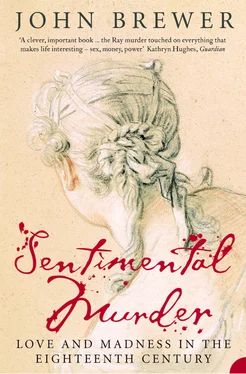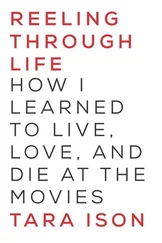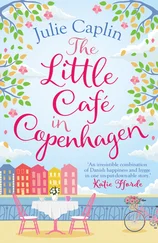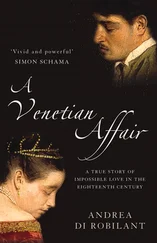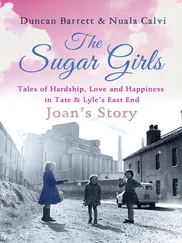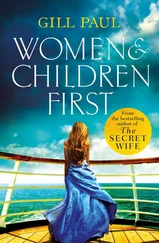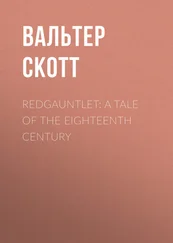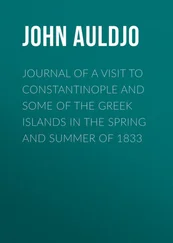1 ...6 7 8 10 11 12 ...19 The eighteenth-century press made Hackman’s crime into a ‘media event’ both because it was a sensational crime and because the events of 7 April were so obviously connected to stories that the print media in general had been telling the public for the last twenty years. These were tales of political corruption and moral depravity in high places, of male aristocratic debauchery, and of the growing power and influence of beautiful and intelligent women who used their charms for their own ends. This culture of scandal, propagated by the press, thrived on supposition, rumour, and speculation. It took ‘the facts’ and wove them into a variety of seamless narratives that opened up all sorts of possible interpretation. Such stories were designed to sell newspapers and magazines, attack the government, traduce and shame individuals, and settle personal scores.
The press of the 1770s is not therefore a place we should go in pursuit of ‘the truth’ about Hackman and Ray’s relationship, but it does show how the different versions of Hackman’s crime were shaped and fashioned. The aftermath of Ray’s death saw a struggle conducted in the press to form and even to determine how the public viewed the affair.
CHAPTER 2 The Press: A Case of Sentimental Murder
THOUGH THERE WAS plenty of pressing news for the papers to cover in the spring of 1779 – the failing war with the American colonists and the internecine political battles in parliament – the newspapers devoted a great deal of space to the killing of the Earl of Sandwich’s mistress and the subsequent conduct and execution of her murderer. Between the night of Martha Ray’s murder and Hackman’s execution on 19 April daily items about the case appeared in many London papers. At first these were dominated by detailed accounts of the events of 7 April, reconstructions that culminated in the evidence offered at Hackman’s trial on 16 April. But there was also an obsessive interest in Hackman himself. Papers reported on his moods and comments, trying to understand what had led this handsome, respectable young man to commit a crime of such enormity. They published many tantalizing vignettes of Hackman, Ray, and Sandwich both before and after the crime. And many speculated about the circumstances that had led to the crime and offered comments on its moral import.
To the untutored eye these items can seem to be little more than the fumblings of an unsophisticated news media trying to piece together a story. But, as we shall see, the coverage of the Hackman/ Ray affair was part of a more complex plot that involved attempts on the part of the Earl of Sandwich and the friends of James Hackman to shape and control public response to the sensational killing. This was possible only because of the peculiar state of the newspaper press at the time. Since the accession of George III in 1760 the rapid expansion of the press had produced a new kind of newspaper, more opinionated than ever before, fuller of comment and criticism, yet not governed by what today we would consider the professional protocols of impartial reporting and editorial control. As the press grew, so papers changed in size and content. A loophole in the 1757 duties on paper made it cheaper for printers to make their papers larger and increase the number of their pages. They needed more copy. Newspapers had always carried many advertisements (their key source of revenue) as well as official government information, commercial news, and items gathered from coffee-houses and interested readers. Though many had a political bias – like the notoriously anti-government London Evening Post – most were primarily advertisers and purveyors of information. Opinion – on matters political, commercial, social and cultural – was found in pamphlets or weekly papers, like The Test and The Contest , that were editorial rather than informational. But with the change in the law, newspapers began to publish political commentary and essays on subjects ranging from taste to science, theatrical, music and art reviews. And, in some cases, they printed lots of gossip and scandal.
Where did this news and commentary come from? Most papers were owned by consortia of businessmen – theatrical proprietors, booksellers, and auctioneers – who considered papers chiefly as advertising vehicles. They were put together by a printer, who may have had strong opinions but was not a journalist, and the few part-time news-gatherers whom the papers employed could hardly be described as reporters. What few experienced journalists there were, were employed to cover politics, reporting parliamentary debates or such sensational events as the court martial of Admiral Keppel, whose trial ended just a few months before Ray’s murder. Henry ‘Memory’ Woodfall, whose amazing recall was vital, as note taking was prohibited during parliamentary debates, was the most celebrated of this small group of reporters. Papers therefore relied on the public for their information and commentary. Most of what appeared in the press was either unsolicited information and commentary from interested parties or news sold by peddlers for a profit. Above all, the paper relied on its correspondents, publishing huge numbers of letters submitted by its readers. The Gazetteer , one of the first papers to speculate on the causes of Hackman’s crime, received no fewer than 861 letters in one four-month period, publishing 560 of them ‘at length’ and a further 262 in abbreviated form under the heading ‘Observations of our Correspondents’. Long articles, masquerading as correspondence and signed by such figures as ‘Honestus’, ‘A Friend to the Theatre’, ‘Cato’, ‘Old Slyboots’, and, most notoriously, ‘Junius’ fanned the flames of controversy, offering views on politics, religion, taste, novels, painting, the state of nation and the nature of crime. Anonymity and pseudonyms protected the authors, who included leading politicians, playwrights, artists, magistrates and doctors as well as opinionated readers.
James Boswell, who found his métier and his fame with his Life of Samuel Johnson published in 1791, was for much of his London life a typical newspaper correspondent. He wrote to the papers to puff his works, denigrate rivals, and comment on the issues of the day. On the afternoon of Hackman’s trial on 16 April, for instance, he strolled into the office of Henry Woodfall, the publisher of the Daily Advertiser , offering him an account of the trial, only to discover that ‘A blackguard being was writing a well-expressed account of the trial 59 ’. Nothing daunted he went on to the managers of the St James’s Chronicle , who inserted his anonymous piece in the paper of the following day. This essay contained a long quotation and a puff for an essay in The Hypochondriack on the nature of love that Boswell himself had written and published earlier. Boswell then wrote a highly personal account, which Woodfall printed in the Public Advertiser for 19 April, of Frederick Booth’s reaction to his brother-in-law’s conviction – ‘“Well”, said Mr Booth, “I would rather have him found guilty with truth and honour than escape by a mean evasion”.’ ‘A sentiment’, Boswell commented, ‘truly noble, bursting from a heart rent with anguish! 60 ’ When a false 61 report appeared in Lloyd’s Evening Post that Boswell was in the coach that had taken Hackman to his death at Tyburn Tree, he rushed off to the offices of the St James’s Chronicle , and the Public Advertiser , as well as Lloyd’s Evening Post to get them to insert a paragraph to correct the story.
Boswell did not expect to be paid for his letters and paragraphs, but many who dealt with newspaper proprietors were in it for the money. A German visitor to London was surprised by the ‘prodigious multitude of persons’ engaged in collecting news. ‘Among these’, he wrote, ‘may be reckoned the paragraph writers, who go to coffee houses and public places to pick up anecdotes and the news of the day, which they reduce to short sentences, and are paid in proportion to their number and authenticity 62 .’ Some papers had receiving stations for contributions. The Gazetteer , for instance, used J. Marks, a bookseller in St Martin’s Lane, paying him sixpence ‘for every letter or article of intelligence transmitted to the paper’.
Читать дальше
